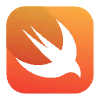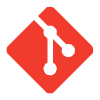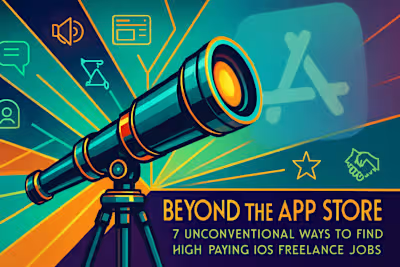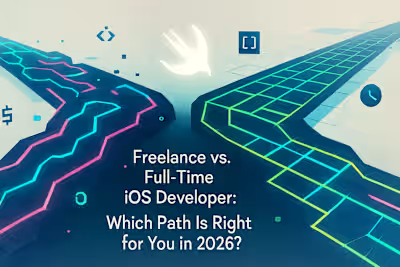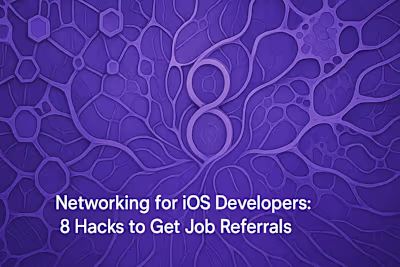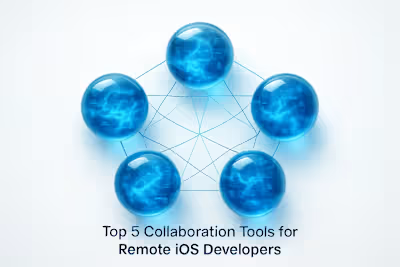Keep 'Em Coming Back: How iOS Developers Can Turn Gigs Into Repeat Business
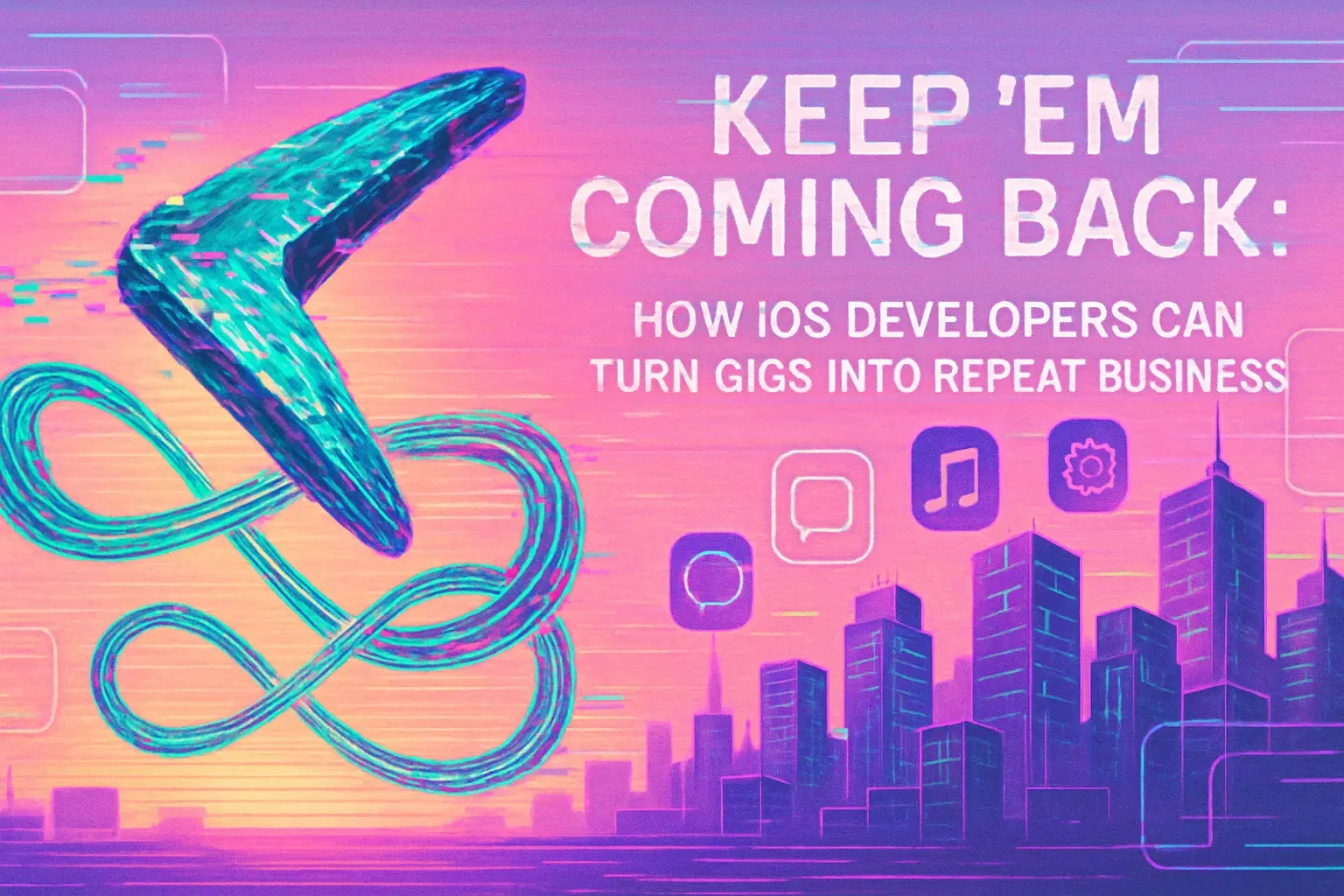
Keep 'Em Coming Back: How iOS Developers Can Turn Gigs Into Repeat Business
The Foundation: Excellence in Execution
Deliver High-Quality, Clean Code
Master Communication and Reliability
Going Beyond the Code: Becoming a Partner
Understand Their Business, Not Just Their App
Be Proactive with Suggestions and Ideas
The Art of the Upsell: Planting Seeds for Future Work
Proposing a 'Phase 2' During Project Handoff
Offering Ongoing Maintenance and Support Retainers
Staying Top-of-Mind After the Project Ends
The Strategic Follow-Up
Providing Value for Free
References
Keep 'Em Coming Back: How iOS Developers Can Turn Gigs Into Repeat Business
The freelance grind of constantly searching for new clients can be exhausting. Picture this: you finish a project, send the final invoice, and then it's back to square one. Scrolling through job boards, sending cold emails, hoping someone responds. Sound familiar? Here's the thing - it doesn't have to be this way.
The key to a stable and profitable freelance career is not just finding clients, but keeping them. Think about it. Landing a new client costs time and energy. But keeping an existing one? That's where the real magic happens. This article provides a roadmap for turning one-time iOS development projects into long-term, repeat business. A foundation for this is using the right collaboration tools to create a seamless experience for your client. When clients enjoy working with you, they come back. It's that simple.
Ultimately, the goal for any independent professional is to find fulfilling work, and you can start by exploring the best opportunities for iOS developers. But once you land that first gig? That's when this guide comes in handy.
The Foundation: Excellence in Execution
Before you can think about repeat business, you have to nail the first project. No shortcuts here. This is your chance to make a lasting impression. Think of it like a first date - you want to put your best foot forward.
What does excellence look like in iOS development? It's not just about making the app work. It's about exceeding expectations at every turn. Your code quality, your communication style, your reliability - these are the building blocks of trust. And trust? That's what brings clients back.
Deliver High-Quality, Clean Code
The quality of your work is your primary business card. Sure, the client might not read every line of code you write. But they'll definitely notice when things work smoothly. Or when they don't.
Writing clean code isn't just about following best practices. It's about thinking ahead. Will another developer understand this six months from now? Will the client be able to make updates without calling you in a panic? These questions matter.
Here's what clean code looks like in practice. Use clear variable names that explain what they do. Comment your code, but don't overdo it. Good code tells its own story. Structure your project logically. Group related files together. Use consistent naming conventions throughout.
Documentation is your secret weapon. Create a simple README file that explains how to run the project. Include any special setup instructions. List the main components and what they do. This isn't just helpful - it shows professionalism.
Testing matters too. Write unit tests for critical functions. Set up UI tests for main user flows. When you deliver code that's been thoroughly tested, clients notice. They sleep better knowing their app won't crash at 3 AM.
Remember, maintainable code saves everyone time and money down the road. When the client needs an update in six months, clean code makes it easy. Messy code? That's a nightmare waiting to happen.
Master Communication and Reliability
Clients value reliability as much as skill. Maybe even more. You could be the best iOS developer in the world, but if you're hard to reach or miss deadlines, it doesn't matter.
Start with the basics. Respond to messages within 24 hours. Even if it's just to say "Got your message, I'll have an answer by tomorrow." This simple act builds trust. Clients want to know you're there, that you care about their project.
Set realistic deadlines and stick to them. Better to under-promise and over-deliver than the other way around. If something's going to take two weeks, say three. Then deliver in two and a half. The client feels like they got a bonus.
Keep clients in the loop without overwhelming them. A weekly update email works wonders. Share what you accomplished, what's coming next, and any roadblocks you hit. Include screenshots or short videos when possible. Visual updates make progress tangible.
When problems arise (and they will), communicate early. Don't wait until the deadline to mention that feature X is more complex than expected. Clients appreciate honesty. They can adjust plans if they know what's happening.
Create a communication rhythm that works for both of you. Some clients want daily check-ins. Others prefer weekly summaries. Ask what they need, then deliver consistently. This isn't micromanagement - it's professional courtesy.
Going Beyond the Code: Becoming a Partner
This is where good developers become great ones. Moving from "hired coder" to "strategic partner" changes everything. It's the difference between getting one project and getting five.
Being a partner means caring about outcomes, not just outputs. It means understanding why the client wants this app, not just what features to build. This shift in mindset opens doors to long-term relationships.
Understand Their Business, Not Just Their App
Show genuine curiosity about the client's business goals. This isn't fake interest - it's strategic thinking. When you understand the why behind the what, you make better decisions.
Start asking different questions. Instead of "What features do you want?" try "What problem are you solving for your users?" Instead of "What's the deadline?" ask "What business goal does this timeline support?"
Learn their industry basics. If you're building an app for real estate agents, spend an hour understanding their daily challenges. Read a few industry blogs. Join their subreddit for a week. This knowledge pays dividends.
During meetings, listen for pain points beyond the current project. Maybe they mention their website is slow. Or their team struggles with project management. File these away. They're opportunities for future work.
Connect technical decisions to business outcomes. Explain how using CloudKit could reduce their server costs. Show how implementing proper analytics will help them understand user behavior. Make the connection explicit.
Remember their business context in your recommendations. A startup with limited funds needs different solutions than an established company. A B2B app has different requirements than a consumer app. Tailor your approach accordingly.
Be Proactive with Suggestions and Ideas
Don't just wait for instructions. This is what separates order-takers from partners. Clients hire you for your expertise. Share it generously.
During development, you'll spot opportunities. Maybe their onboarding flow could be simpler. Perhaps adding TouchID would improve security. Don't keep these insights to yourself. Share them.
Frame suggestions as opportunities, not criticisms. Instead of "Your UX is confusing," try "I noticed users might benefit from a clearer navigation structure. Here's an idea that could help."
Back up suggestions with data when possible. "I've seen similar apps increase retention by 20% with this feature." Numbers make ideas more compelling. They show you're thinking strategically.
Time your suggestions well. Don't overwhelm clients with ideas in week one. Build trust first. Once they see you deliver on the basics, they'll be more open to your input.
Create a simple document of "Future Opportunities" as you work. List potential improvements, new features, or technical upgrades. Share this during project reviews. It plants seeds for future work.
The Art of the Upsell: Planting Seeds for Future Work
Upselling doesn't mean being pushy. It means helping clients see possibilities they hadn't considered. When done right, it feels helpful, not salesy.
The best time to discuss future work? When the current project is going well. Success breeds confidence. Clients who see results want more of them.
Proposing a 'Phase 2' During Project Handoff
The end of a project is the perfect time to talk about what's next. The app is fresh in everyone's mind. Excitement is high. Strike while the iron is hot.
Prepare a "What's Next" document before the final meeting. List 3-5 potential improvements or new features. Keep descriptions brief but compelling. Include rough time estimates for each.
Present these as natural next steps, not urgent needs. "Now that we have the core app working beautifully, here are some enhancements that could take it to the next level." This framing feels collaborative, not pushy.
Prioritize suggestions based on business impact. Lead with ideas that directly support their goals. Save the "nice to have" features for the end. Show you understand what matters most.
Include a mix of quick wins and bigger projects. Maybe a two-day fix alongside a two-week feature. This gives clients options based on budget and urgency. Choice feels empowering.
Don't pressure for immediate decisions. "Take some time to think about these. I'm here when you're ready to discuss." This low-pressure approach often leads to quicker responses.
Offering Ongoing Maintenance and Support Retainers
An app is never truly 'done.' iOS updates break things. Bugs emerge with real-world use. Third-party services change their APIs. Smart clients know this. Help them plan for it.
Frame maintenance as insurance, not an expense. "For the cost of a few hours monthly, you'll have peace of mind knowing someone's watching your app's health." This resonates with business owners.
Create clear retainer packages. Maybe 5 hours monthly for basic maintenance. 10 hours for maintenance plus minor improvements. 20 hours for active development. Clear options make decisions easier.
Spell out what's included. Bug fixes? iOS update compatibility? Performance monitoring? App Store submission help? Transparency builds trust. Clients know exactly what they're getting.
Highlight the benefits of consistent attention. Apps maintained monthly stay healthier than those fixed yearly. It's like car maintenance - regular oil changes prevent engine failure.
Price retainers attractively compared to hourly work. Maybe your hourly rate is $150, but retainer hours are $120. The discount incentivizes commitment. You get steady income, they get better rates.
Staying Top-of-Mind After the Project Ends
Out of sight, out of mind. Once the project wraps up, it's easy to lose touch. But maintaining connections is what separates one-time gigs from repeat clients.
The key? Stay helpful without being annoying. Add value without asking for anything. Be the developer they think of when needs arise.
The Strategic Follow-Up
Don't just disappear after sending the final invoice. Plan your follow-up strategy from day one. It's not desperate - it's professional.
Send a check-in email 4-6 weeks after project completion. Keep it short and genuine. "Hi Sarah, I've been thinking about the app we built together. How's it performing? Any user feedback yet?" Simple but effective.
Make the follow-up about them, not you. Ask about app performance, user adoption, or business impact. Show you care about results, not just the paycheck. This builds real relationships.
Share something useful in your follow-up. Maybe you found an article about their industry. Or noticed a competitor's app doing something interesting. Add value with every interaction.
Time your follow-ups strategically. After iOS updates. Before busy seasons in their industry. When you notice their app hasn't been updated in a while. Relevant timing shows you're paying attention.
Keep a simple CRM or spreadsheet of past clients. Note when you last contacted them. Set reminders for follow-ups. This system ensures no one falls through the cracks.
Providing Value for Free
Build goodwill by occasionally sending them relevant industry articles, news about a new iOS feature they could leverage, or other helpful insights without asking for anything in return.
When Apple announces new iOS features, think of relevant clients. "Hey Mark, saw the new WidgetKit updates. This could be perfect for that dashboard feature we discussed." You're not selling - you're informing.
Share relevant articles sparingly but consistently. Once a quarter is plenty. Quality beats quantity. Make sure it's genuinely useful, not just noise in their inbox.
Offer quick advice when you spot issues. "Noticed your app's reviews mention a crash on iPad. Happy to take a quick look if helpful." This generosity often leads to paid work.
Create simple resources clients find valuable. Maybe a checklist for App Store updates. Or a guide to reading app analytics. Share these freely. They position you as an expert who gives first, asks second.
Remember birthdays, company milestones, or app anniversaries. A simple "Happy 1-year app anniversary!" message shows you care. It's personal touches like these that build lasting relationships.
Building repeat business isn't about tricks or tactics. It's about being genuinely helpful, consistently excellent, and strategically thoughtful. When you nail the first project, think like a partner, plant seeds for future work, and stay connected, one-time gigs naturally evolve into long-term relationships.
The freelance grind doesn't have to be a grind at all. With the right approach, you can build a stable of clients who come back again and again. They'll even refer their friends. That's when freelancing becomes not just sustainable, but genuinely enjoyable.
Start with your current clients. Which relationships could you deepen? What value could you add today? The best time to build repeat business is right now. Your future self will thank you.
References
Like this project
Posted Jul 6, 2025
Don't just finish the project, build a partnership. Learn proven strategies for iOS developers to foster client loyalty and turn one-off gigs into reliable, long-term work.


